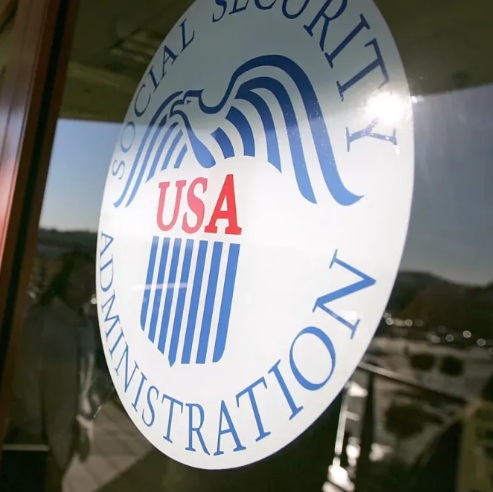
In a bid to crack down on fraudulent claims, the Social Security Administration (SSA) has announced that it will soon require in-person identity checks for both new and existing recipients of social security benefits. This move is part of the agency’s efforts to strengthen its identity-proofing measures and prevent identity theft.
What to Expect
Under the new rules, individuals applying for social security benefits for the first time will be required to present identification documents in person at their local SSA office. Existing recipients will also be required to undergo an in-person identity check when they request a replacement Social Security card or update their benefits information.
Acceptable Identification Documents
The SSA will accept a range of identification documents, including U.S. passports, driver’s licenses, and state-issued ID cards. Applicants will be required to provide at least two forms of identification, one of which must be a government-issued photo ID.
Impact on Beneficiaries
While the new rules may cause some inconvenience for beneficiaries, the SSA is confident that they will help to prevent identity theft and reduce the risk of fraudulent claims. Beneficiaries who are unable to visit their local SSA office in person may be able to request an exemption, although this will be assessed on a case-by-case basis.
Implementation Timeline
The SSA has not yet announced a specific implementation date for the new rules, but it is expected to be rolled out in phases over the coming months. Beneficiaries will be notified in advance of any changes to the identity-proofing process.
Preventing Identity Theft
The SSA’s decision to require in-person identity checks is just one of several measures aimed at preventing identity theft. Beneficiaries are also encouraged to monitor their benefits statements regularly and report any suspicious activity to the SSA immediately.
By introducing these new identity-proofing measures, the SSA aims to protect the integrity of the social security system and ensure that benefits are paid only to those who are eligible. While the new rules may require some adjustments from beneficiaries, they are an important step in preventing identity theft and reducing the risk of fraudulent claims.





